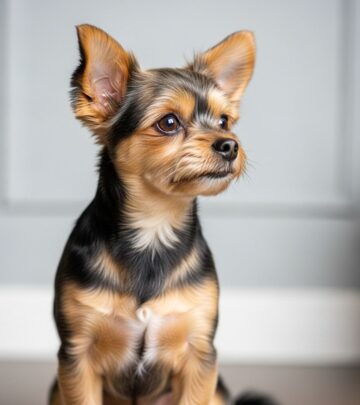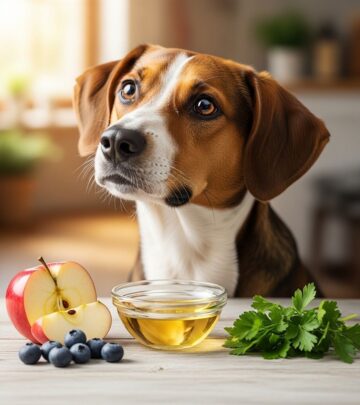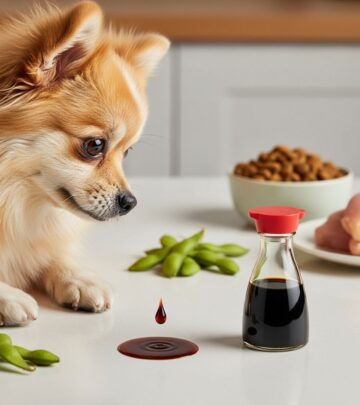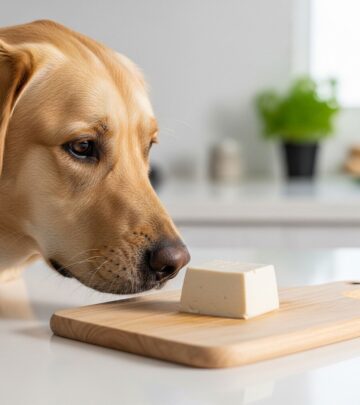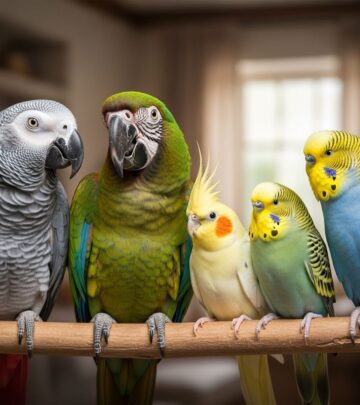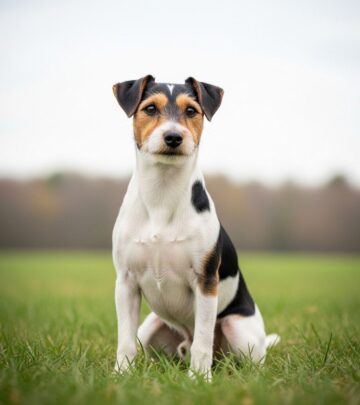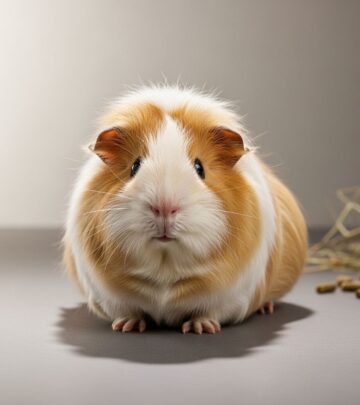Livestock Guardian Dog Breeds: 6 Essential Protectors For 2025
Discover the history, traits, and breeds of livestock guardian dogs, trusted protectors for farmers and families around the world.
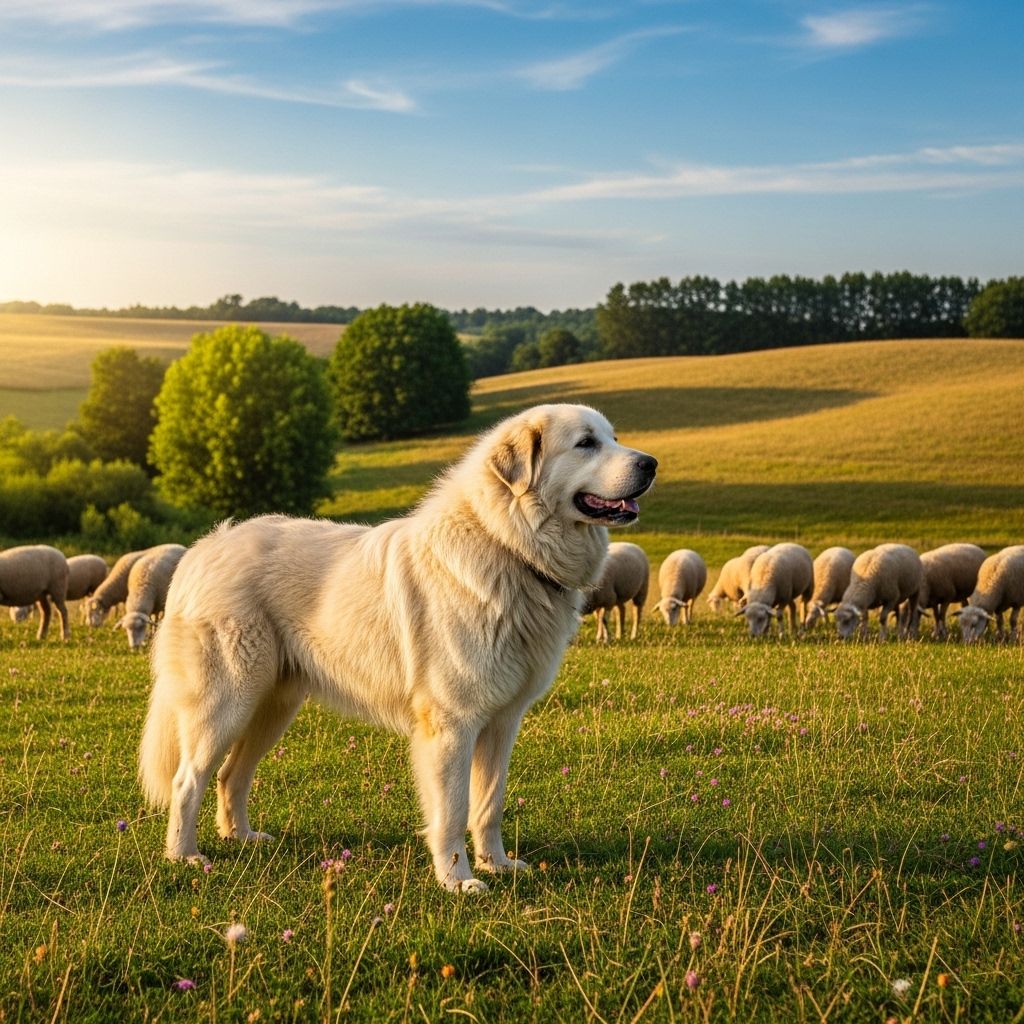
Image: HearthJunction Design Team
Get to Know the Livestock Guardian Dog Breeds
For thousands of years, dogs have been a reliable companion and helping hand to humans—whether working in fields, on farms, or protecting homes. Among the most respected of these canine partners are livestock guardian dogs (LGDs): faithful, powerful, and deeply intuitive breeds tasked with safeguarding livestock from predators and dangers. LGDs stand apart from herding dogs; rather than move animals, they protect them, forging unwavering bonds both with their flocks and the humans who care for them.
This article delves into the history, defining traits, and most prominent examples of livestock guardian dog breeds recognized today, offering essential guidance for anyone curious about these remarkable protectors.
What is a Livestock Guardian Dog?
Livestock guardian dogs are a specialized group bred not to herd, but to vigilantly protect sheep, goats, cattle, and sometimes even poultry from predators. Unlike herding breeds that control the movement of animals, LGDs blend in with their flocks—sometimes physically—and rely on their imposing presence, keen senses, and territorial instincts to keep danger at bay.
These dogs are an invaluable asset on farms and ranches, especially in areas prone to predation by wolves, coyotes, bears, and big cats. LGDs have been selectively bred for centuries to be reliable guardians, able to distinguish between familiar animals and true threats, and to act decisively when their charges are in danger.
The Role of Livestock Guardian Dogs in History
Humans have relied on livestock guardian dogs for millennia. Ancient peoples across Central Asia, Europe, and the Middle East developed these breeds to withstand harsh climates, difficult terrains, and persistent predators. Their ability to bond with livestock and humans alike, combined with keen instincts and remarkable courage, cemented their place as indispensable partners.
In the United States, LGDs are a more recent addition to farms and ranches, but their effectiveness in deterring both native predators and feral dogs has made them increasingly popular.
- Ancient Origins: Many LGD breeds trace their lineage back thousands of years, often evolving in isolation to perfectly suit their regions.
- Protection Over Herding: Their primary role is to protect, not herd. They use their size, presence, and loud voice to ward off potential threats.
- Bonding: LGDs are raised with their flock from puppyhood, creating a social bond that drives their protective nature.
Key Traits of Livestock Guardian Dog Breeds
Physical Characteristics
- Large frame, often weighing between 80 to 150 pounds or more.
- Thick double coats, usually light-colored (white or cream) to blend in with sheep and reflect sunlight.
- Strong, muscular bodies designed for endurance rather than speed.
- Floppy or semi-erect ears and bushy tails in most breeds.
Behavioral Characteristics
- Calm and gentle with livestock, often playful with family members.
- Reserved or aloof toward strangers, but not inherently aggressive unless provoked.
- Territorial and highly alert—quick to bark at signs of danger.
- Independent thinkers, sometimes stubborn and strong-willed.
- Highly intelligent, capable of working alone or in teams.
How Livestock Guardian Dogs Work
Rather than aggressively chasing predators, LGDs use presence and warning behaviors—posture, barking, and body language—to alert and deter intruders. Most remain close to their flock at all times, with some breeds preferring to patrol boundaries while others rest in the midst of the animals they protect.
They may be used singly, in pairs, or in groups, depending on the size of the territory and the severity of predator threats. Their success relies on early life socialization: LGDs raised among livestock are deeply bonded, making them both attentive guardians and gentle companions.
Benefits of Livestock Guardian Dogs
- Effective Predator Deterrence: Their imposing size and loud bark are enough to deter most threats before a confrontation occurs.
- Non-lethal Protection: LGDs offer a humane alternative to lethal predator control, supporting coexistence with wildlife and biodiversity.
- Reduced Livestock Losses: Studies have shown that farms using LGDs have significantly fewer losses to predation.
- Loyal Companions: These dogs also serve as loving and loyal members of the farm family.
Challenges of Living with LGDs
- Space Requirements: Large breeds need ample room to roam and work. They are not suited for apartment or suburban life.
- Training: Their independent streak requires patient, consistent, and early training, especially socialization with livestock.
- Exercise: While not always high-energy, LGDs require regular activity to prevent boredom.
- Grooming: Thick coats require maintenance, particularly during seasonal shedding.
- Noise: Their protective barking may be disruptive in quiet neighborhoods.
Popular Livestock Guardian Dog Breeds
The American Kennel Club (AKC) recognizes several breeds in its Working Group specifically developed as livestock guardians. Each has adapted to specific roles, terrains, and threats, but all share core traits of loyalty, courage, and protective instinct.
| Breed | Origin | Coat/Color | Notable Traits |
|---|---|---|---|
| Great Pyrenees | Pyrenees Mountains, Europe | Thick double coat; white or with tan, gray, badger, or reddish-brown markings | Gentle, affectionate, confident; unique double dewclaws on hind legs |
| Anatolian Shepherd | Turkey | Short or rough; fawn with black mask most common | Courageous, strong-willed, highly protective; massive size deters predators |
| Komondor | Hungary | Distinct corded white coat | Blends in with sheep; loyal, wary of strangers |
| Akbash | Turkey | White, short or long coat | Fast, agile, calm and alert; excellent with livestock |
| Maremma Sheepdog | Italy | Dense, white coat | Gentle yet assertive; strong livestock instincts |
| Kuvasz | Hungary | Curly or straight white coat | Intelligent, loyal, independent |
Breed Spotlights
Great Pyrenees
The Great Pyrenees, affectionately called the “Pyr,” originated in the Pyrenees Mountains. These imposing yet gentle dogs have served as sheep protectors for centuries. In modern homes, they become loving family members—calm, affectionate, and fiercely loyal.
The breed’s substantial size (up to 150 pounds for males) and trademark double dewclaws on their hind legs set them apart. Their thick white coats protect against cold and let them blend with sheep, making them both effective and unobtrusive guardians.
Anatolian Shepherd
Tracing its roots to ancient Turkey, the Anatolian Shepherd is one of the largest LGDs, weighing up to 150 pounds. Highly intelligent and strong-willed, this breed is both a commanding protector of livestock and a devoted companion. The Anatolian Shepherd’s distinctive fawn coat, often with a black face mask, provides instant recognition.
Komondor
The Komondor is instantly recognizable for its unique, corded white coat that grows into long, felt-like cords. This distinctive appearance allows the Komondor to blend in with sheep and provides protection from weather and predators. Despite their size, Komondors are gentle with their family and flock but are naturally wary of strangers.
Akbash
The Akbash, another breed from Turkey, is known for its white coat and lean, athletic build. With a keen sense of awareness and calm demeanor, the Akbash excels at closely guarding livestock, making it a valuable partner on farms of all sizes.
Maremma Sheepdog
Originating in Italy, the Maremma Sheepdog is both a gentle and assertive guardian. With a dense, white coat and strong instinct to nurture, this breed is particularly effective in protecting sheep and goats. They are sociable with humans but always vigilant in their duties.
Kuvasz
The Hungarian Kuvasz is renowned for its loyalty, intelligence, and independent spirit. With a striking white coat and a fearless attitude, the Kuvasz is well-suited to both guarding livestock and serving as a protective family companion.
Livestock Guardian Dogs in Modern Farms and Beyond
Today’s LGDs are as vital as ever, especially in rural regions where predator encounters are common. In the U.S., they have proven invaluable in protecting sheep, goats, and poultry from coyotes, mountain lions, bears, and even domestic dogs.
Modern livestock operations benefit from LGDs not only for their protective abilities but also as a tool in responsible land management—helping reduce livestock losses without resorting to lethal methods, thus fostering better coexistence with wildlife.
Best Practices for Owning a Livestock Guardian Dog
- Start Young: LGDs should be socialized with livestock from puppyhood to establish the necessary bond.
- Consistent Training: Positive reinforcement and clear boundaries help nurture their innate guardian instincts while preventing unwanted behaviors.
- Provide Space and Purpose: LGDs thrive when given a job and plenty of room to patrol; boredom can lead to wandering or destructive habits.
- Health Maintenance: Regular vet care, high-quality food, and coat care are essential for their well-being.
Frequently Asked Questions (FAQs)
Q: Are livestock guardian dogs suitable as family pets?
A: Many LGDs are gentle giants with their families, making them excellent companions when properly socialized. However, their independent and protective instincts mean they thrive best with space and a job to do.
Q: How do livestock guardian dogs differ from herding dogs?
A: Herding dogs move and control livestock, while LGDs focus on protection. LGDs stay close to their flocks, using presence and warning signals to deter predators rather than chasing or nipping at animals.
Q: Do livestock guardian dogs get along with other animals?
A: When raised and socialized appropriately, LGDs are calm and tolerant with livestock and other family pets. Early socialization is crucial for harmonious relationships.
Q: Will a livestock guardian dog wander if kept as a pet?
A: While LGDs are territorial and tend to stay with their flock, lack of stimulation or insufficient fencing may lead to wandering. Secure boundaries and meaningful activity help prevent this habit.
Q: What are the grooming needs of livestock guardian dogs?
A: Most LGDs have thick, weather-resistant coats that require regular brushing, especially during shedding seasons. Unique coats, like the Komondor’s cords, require special care to prevent matting.
Conclusion
Livestock guardian dogs are true working partners, blending centuries-old instincts with modern adaptability. Their imposing size, fearless temperament, and gentle loyalty make them indispensable in rural and agricultural communities, and increasingly appreciated in family homes, too. Whether guarding sheep on windswept hills or serving as loyal companions, these remarkable breeds exemplify dedication, independence, and courage in every step they take.
References
- https://www.akc.org/expert-advice/dog-breeds/get-to-know-the-livestock-guardian-dog-breeds/
- https://www.thesprucepets.com/livestock-guardian-dog-breeds-7569151
- https://en.wikipedia.org/wiki/Livestock_guardian_dog
- https://dirtyfreehub.org/knowledge-base/livestock-guardian-dogs/
- https://www.whole-dog-journal.com/lifestyle/livestock-guardian-dogs-characteristics-breeds-and-roles/
Read full bio of Srija Burman

